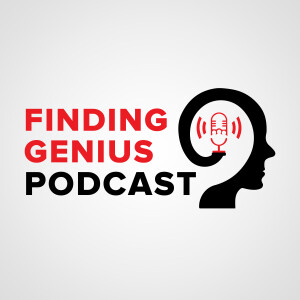
The Chikungunya Virus Infection and Other Host-Pathogen Interaction Examples with St. Patrick Reid
 2020-07-30
2020-07-30
What exactly does a virus do to invade our bodies? Scientist St. Patrick Reid addresses the mechanics through specific virus pathologies.
He addresses
- how viruses use proteins to undercut the immune system and ensure replication,
- how the chikungunya virus infection has become more prevalent and often leaves chronic symptoms, and
- why these lasting effects from this RNA virus are especially puzzling and how scientists approach such questions.
St Patrick Reid is an assistant professor in the Department of Pathology and Microbiology at the University of Nebraska. He focuses on the virology of proteins encoded by highly pathogenic viruses like the chikungunya virus infection. He explains what this means by describing his graduate and early career studies on Ebola and other host-pathogen interaction examples.
Ebola is able to invade an organisms by encoding for proteins that block the immune system from responding. This gives the virus enough time to amplify itself and replicate. When the body is finally able to react, the virus is so pervasive it over reacts, often unleashing a dangerous over-response; in fact, this is what happens with COVID-19.
Dr. Reid than describes the history of the chikungunya virus infection and how it has made its way from one part of the world to another, including South America and the southern United States. Transmitted by mosquitoes, it often results in a debilitating arthritis that can last for years and scientists don't understand how or why. In fact, that's one of his areas of research, to understand its pathology. As an RNA virus, it does not invade the nucleus and change the genome.
He explains some possible theories and his own approach to solving this mystery. He also discusses his thoughts on COVID-19 from his protein-focused research and describes the magnanimous ways researchers are working together across the world to find ways to combat its effects.
The best way to keep an eye on his work and learn more include following him on Twitter as @StPatrickReid3 as well as reviewing his university lab web page at unmc.edu/pathology-research/microbiology/virology/reidlab.
Available on Apple Podcasts: apple.co/2Os0myK
More Episodes
Create your
podcast in
minutes
- Full-featured podcast site
- Unlimited storage and bandwidth
- Comprehensive podcast stats
- Distribute to Apple Podcasts, Spotify, and more
- Make money with your podcast
It is Free
- Privacy Policy
- Cookie Policy
- Terms of Use
- Consent Preferences
- Copyright © 2015-2024 Podbean.com






